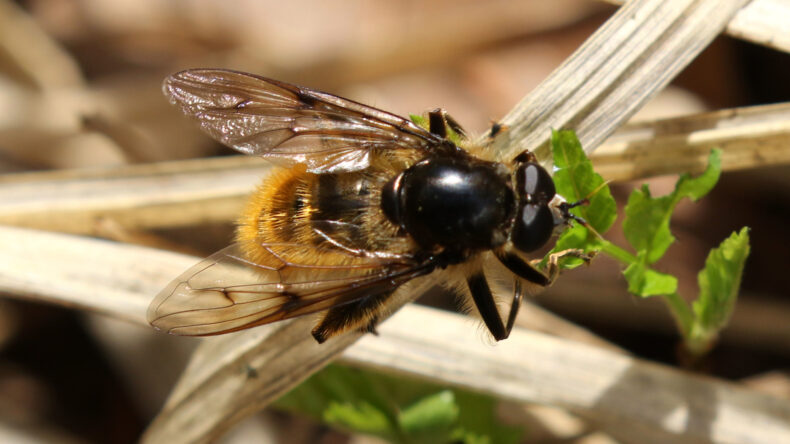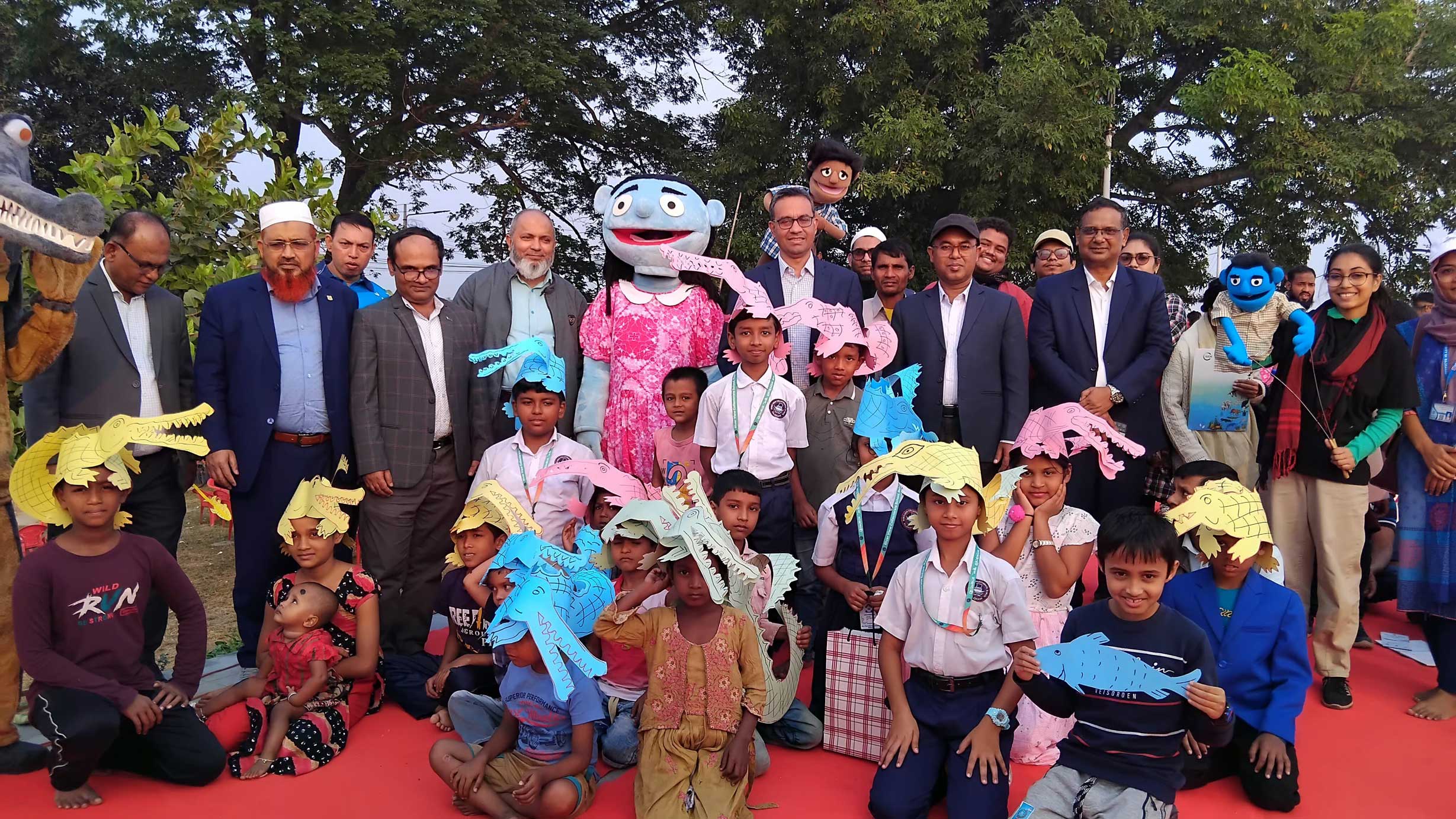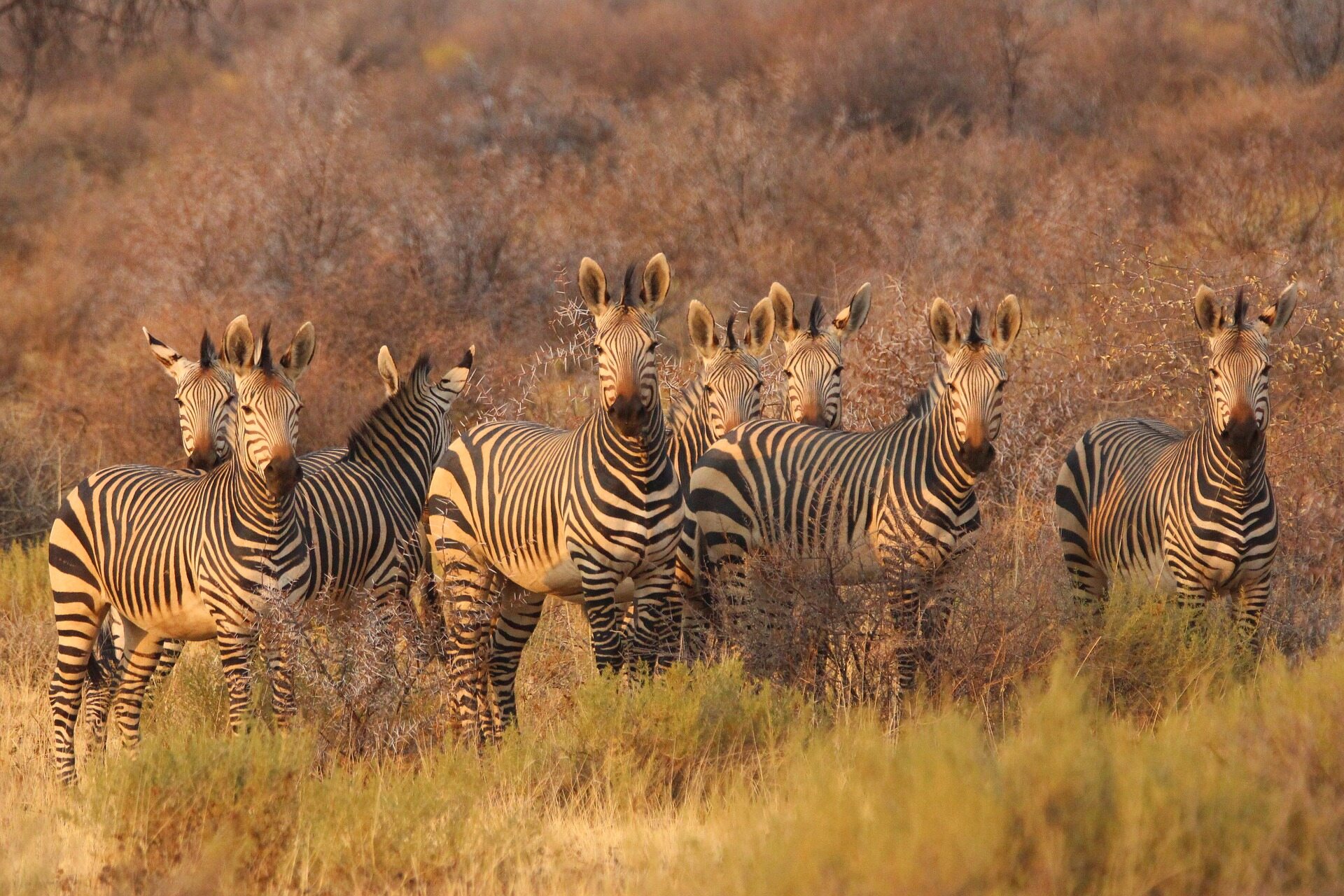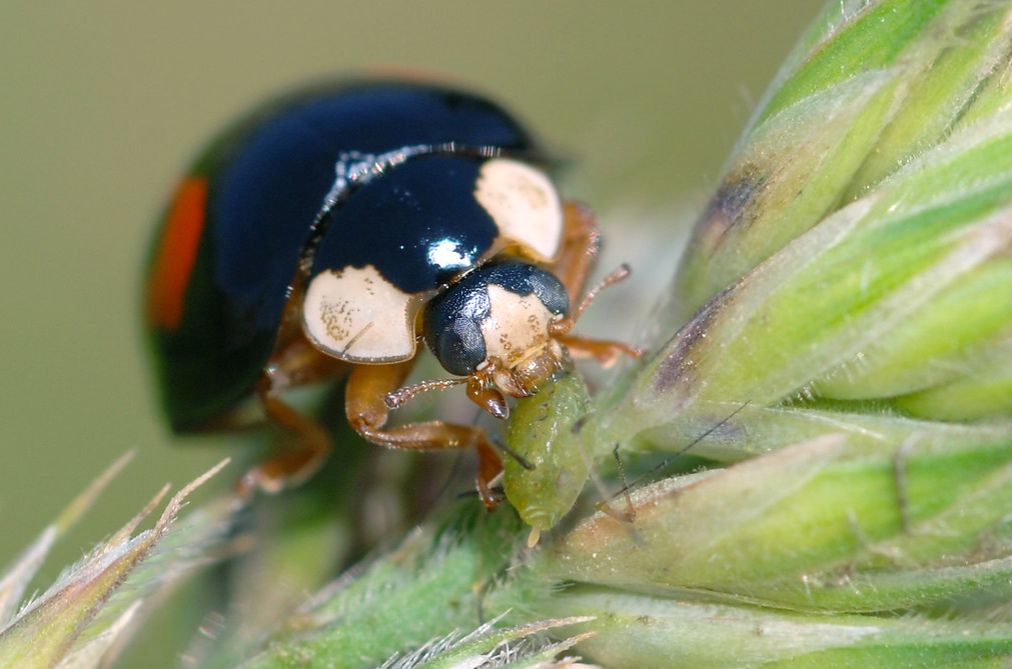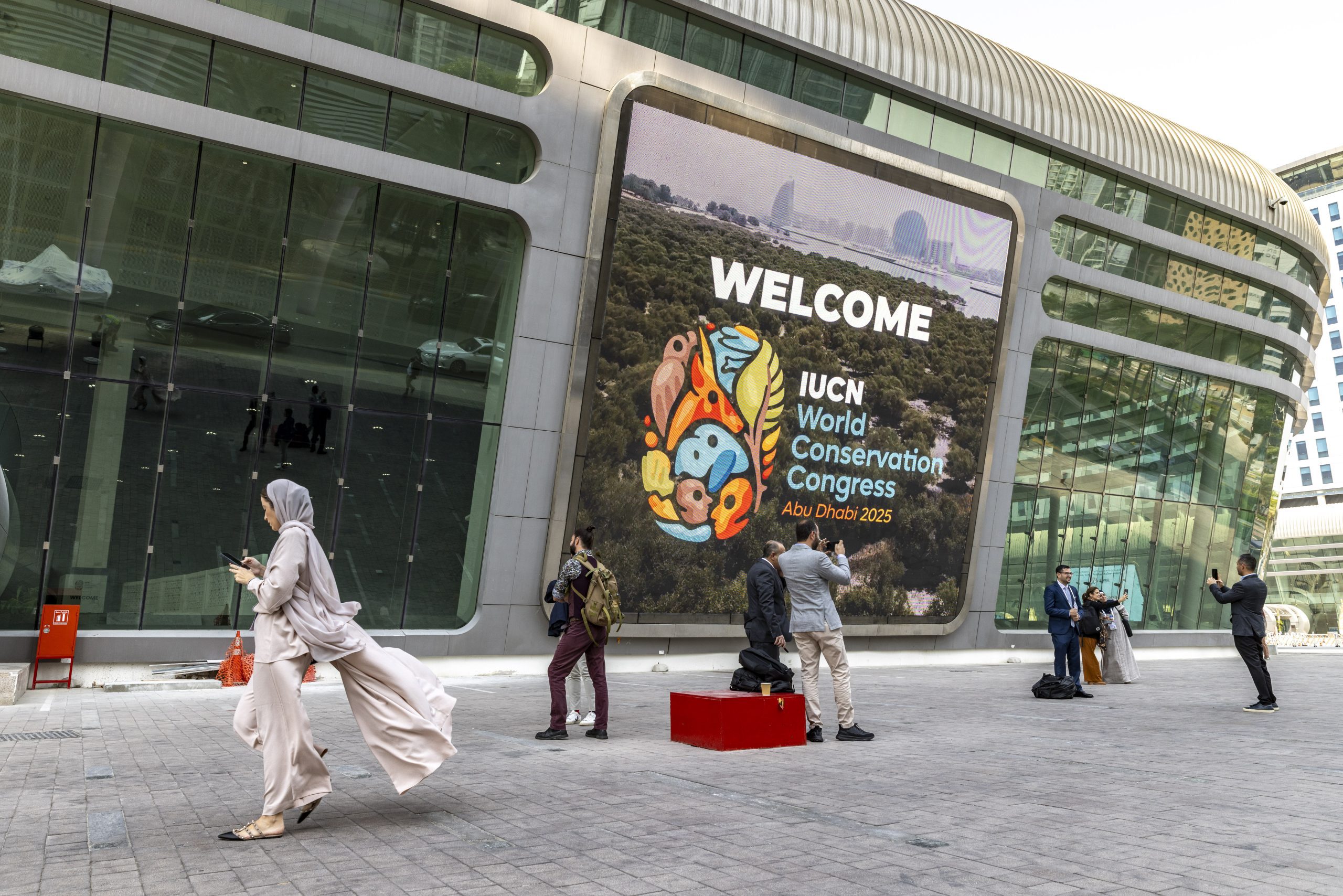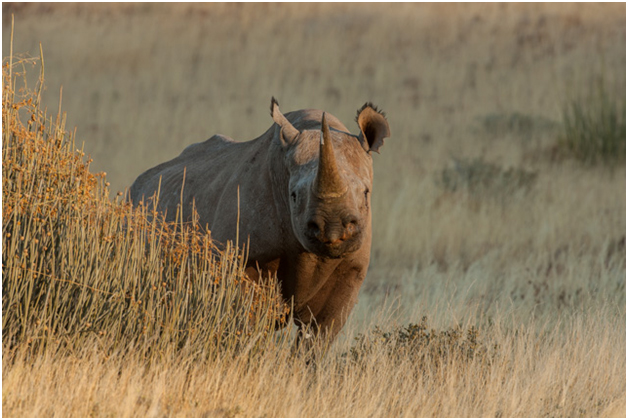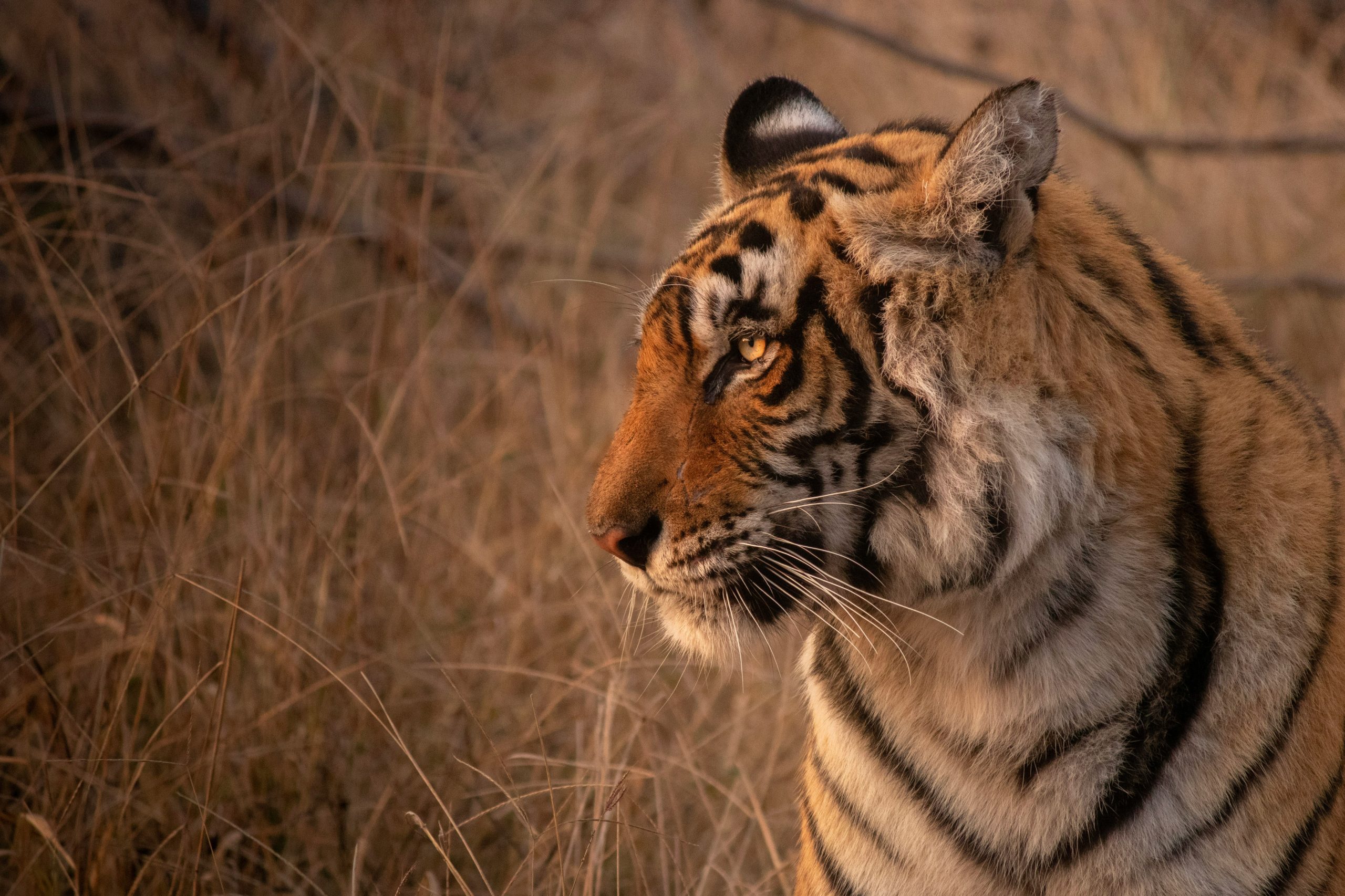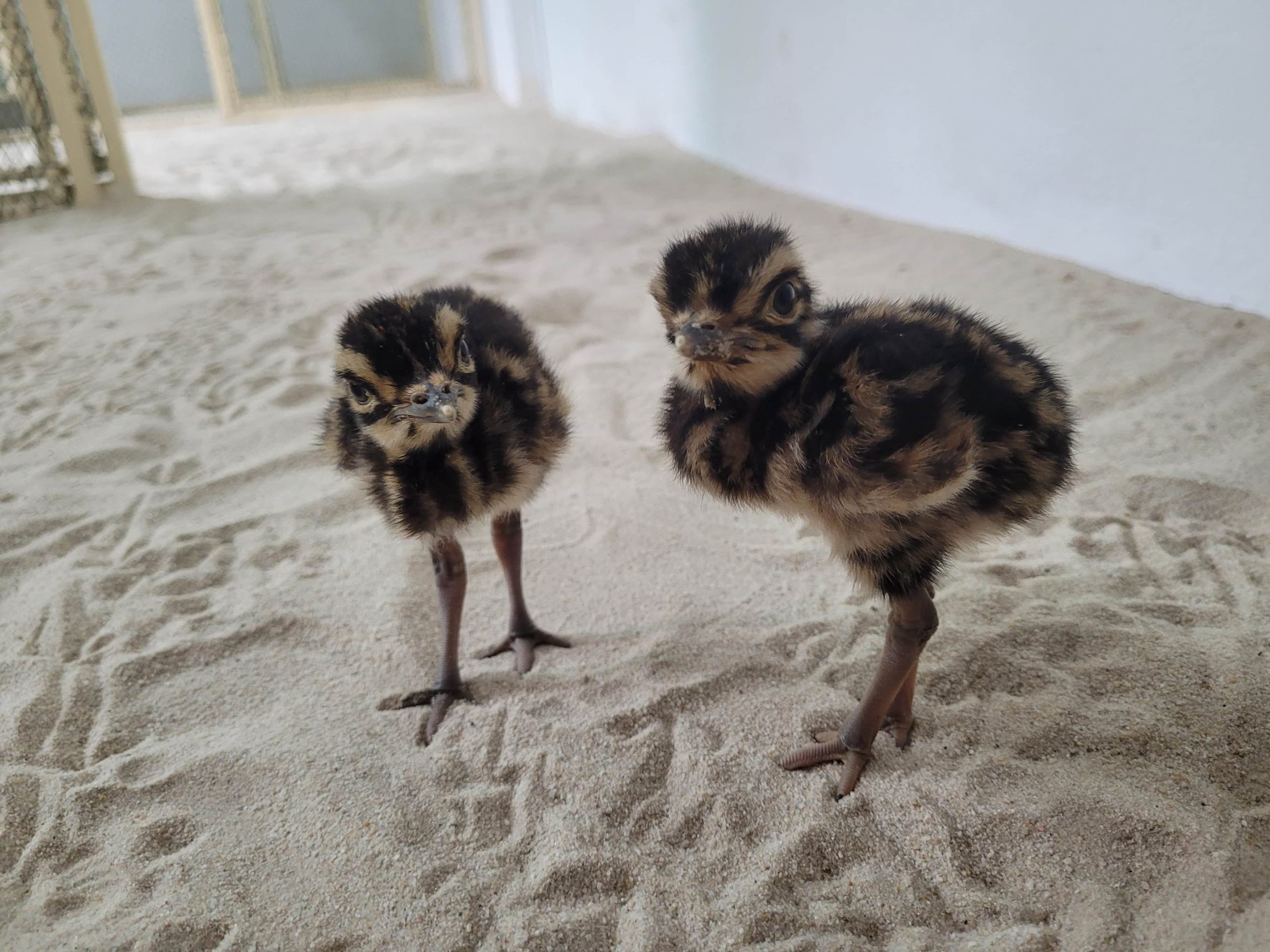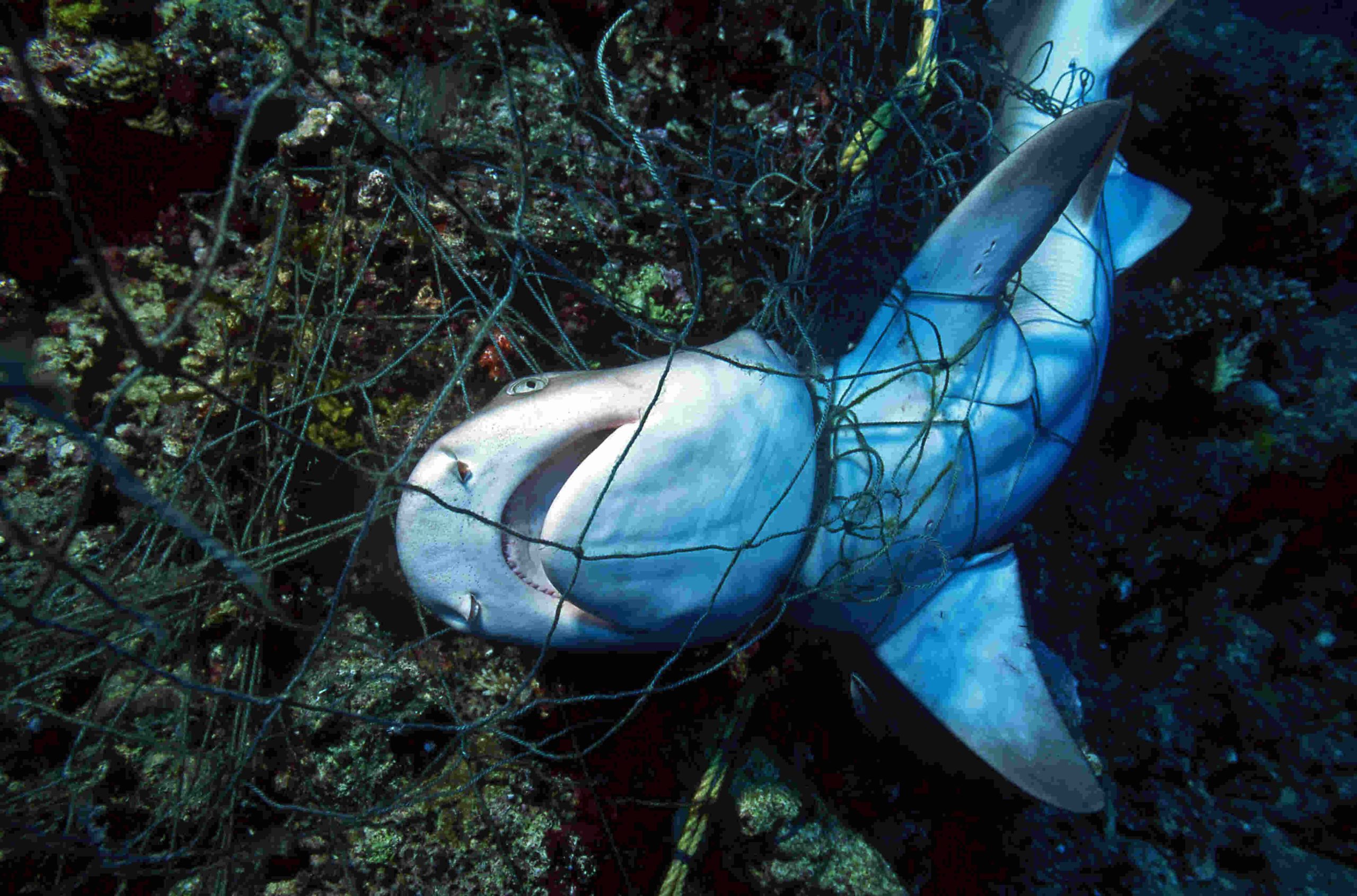Europe’s ancient trees are home to a little-known but vital cohort of pollinators. Veteran tree hoverflies that depend on old, decaying wood to survive are vital to maintaining the health and resilience of forest ecosystems throughout Europe. However, many of these species are under threat of extinction.
Related content
Primary tools and resources
The IUCN Red List of Ecosystems (RLE)
This introductory guide draws on a number of key IUCN Red List of Ecosystems (RLE) papers, case studies and background documents to provide a practical introduction to the RLE. It targets those who wish to gain a deeper understanding of the RLE as a risk assessment tool and those who wish to learn more about its possible applications in implementing conservation action. This document draws heavily on Version 1 of the Guidelines for the application of the IUCN Red List of Ecosystems Criteria and Categories and provides an overview of the scientific foundations supporting the RLE categories and criteria.
The Franklinia Foundation – for Conservation Threatened Trees
The Franklinia Foundation is a private foundation under Swiss law established in 2005 that provides financial support for nature conservation projects. Its objective is to ensure the conservation of threatened tree species throughout the world and to improve their conservation status.
The Scottish genetic scorecard
This scorecard is a flexible tool for assessing the risk or potential risk to genetic diversity of wild species. The scorecard contains a set of questions on distribution, biology, and threats that enable users to score the level of potential genetic threat to a species, in situ and ex situ. The scorecard can therefore be used in situations where direct evidence from genetic analyses is not available. The scorecard can also be used in situations with limited resources, according to capacity, the level of knowledge, and the diversity and scale of the country.
How to use
Details of the scorecard and examples are available at: https://www.nature.scot/doc/scotlands-biodiversity-progress-2020-aichi-targets-conserving-genetic-diversity-development-national
EDGE metric and EDGE lists
A consistent methodology for prioritising species conservation efforts based on extinction risk data (the Red List) and phylogenetic information; EDGE lists, representing the most evolutionarily distinct and threatened species on Earth, are currently available for all amphibians, birds, mammals, ray-finned fish, reptiles, sharks and rays, freshwater crayfish, and gymnosperms, with lists for other groups, including all angiosperms, forthcoming
Zero Poaching Toolkit
The Zero Poaching Toolkit helps national and state agencies, protected area managers, rangers, and other frontline protection staff in anti-poaching efforts. The toolkit contains resources on assessment, crime prevention strategies, community involvement, technology, capacity, and cooperation. The tools are freely available and well supported by a wide range of organizations including IUCN and many international NGOs. The tools provide the most practical ways to identify and close gaps in protection activities at the field level. The Training Guidelines for Field Rangers is the first of a series of guidelines to provide a standard for training field rangers.
Framework for Ecosystem Restoration Monitoring (FERM)
The FERM framework was developed by FAO to support countries in reporting areas under restoration for Target 2 of the Kunming-Montreal Global Biodiversity Framework. It is the official monitoring platform for tracking global progress and sharing good practice for the UN Decade on Ecosystem Restoration. It includes the FERM Guidance which provides information, a geospatial platform, and a registry of restoration initiatives.
CBD voluntary guidelines on Traditional Knowledge and ILPCs
The UN Convention on Biodiversity has developed sets of detailed guidance on ILK. These include the Tkarihwaié:ri Code of Ethical Conduct to Ensure Respect for the Cultural and Intellectual Heritage of Indigenous and Local Communities Relevant to the Conservation and Sustainable Use of Biological Diversity; the Mo’otz Kuxtal Voluntary Guidelines for the development of mechanisms, legislation or other appropriate initiatives to ensure the “prior and informed consent”; and The Rutzolijirisaxik Voluntary Guidelines for the Repatriation of Traditional Knowledge of Indigenous Peoples and Local Communities Relevant for the Conservation and Sustainable Use of Biological Diversity
IUCN Guidelines for Assessing Species’ Vulnerability to Climate Change
Several methods have been developed for climate change vulnerability assessment (CCVA) of species. There is no single ‘correct’ or established way to carry out CCVA of species and these guidelines aim to assist conservation practitioners to interpret and use the complex and often inconsistent CCVA literature. The guidelines indicate sensible and defensible approaches, in the context of the current state of knowledge and available resources.
The guidelines outline some of the terms commonly used in climate change vulnerability assessment (CCVA) and describe three dominant CCVA approaches, namely correlative (niche-based), mechanistic, and trait-based approaches. Advice is provided on setting clear, measurable objectives and selecting CCVA approaches and appropriate methods. Guidance on using and interpreting CCVA results includes suggestions on data sources and their use, working with knowledge gaps and uncertainty, approaches for use in challenging contexts, and incorporating indirect climate change impacts such as habitat transformation.
It is hoped that the guidelines will promote standardization of CCVA terminology and provide a useful resource for those wishing to carry out CCVA at species, site, or site-network scales.
The guidelines are structured to provide (i) background information on definitions and metrics associated with CCVA; (ii) a discussion on identifying CCVA objectives; (iii) core guidance on selecting and applying appropriate methods; (iv) sections on interpreting and communicating results; (v) using results in IUCN Red List assessments; (vi) ways to address the many sources of uncertainty in CCVAs. A final section explores future directions for CCVAs and research needs. The guidelines also highlight 10 case studies that provide worked examples of CCVAs covering the range of methods described.
Agriculture and conservation
In 2021, IUCN launched the IUCN Flagship Report Series, to help demonstrate the importance of conserving nature for human well-being and all life on Earth. This report, the second in the series, focuses on agriculture and nature. The interactions, synergies, and tradeoffs between the two sit at the heart of the 2030 Agenda for Sustainable Development, which calls for ending hunger and ensuring food security while also mandating the protection and restoration of nature. Whether the two can be achieved simultaneously, and if so how, are crucial questions for humanity and our planet. IUCN therefore explores the positive and negative relationships between agriculture and nature conservation and mobilises new modelling approaches to examine both imperatives within a range of realistic policies.
Environmental and Social Impact Assessment (ESIA)
An ESIA is a statement about the likely impacts of a proposal and how the identified negative impacts can be mitigated and managed and how the positive impacts can be enhanced. The purpose of this review procedure is to ensure that the Initial Environmental Examination (IEE) and the Environmental Impact Assessment (EIA) reports provide adequate assessment and protection measures to manage environmental and social impacts. A systematic approach to review is needed to ensure that the environmental and social impact assessment reports comply with requirements, are consistent with standards of good practice, and provide good quality information to support decision making.
UNESCO Man and the Biosphere (MAB) programme
UNESCO Man and the Biosphere (MAB) is an intergovernmental programme that aims to establish a scientific basis for enhancing the relationship between people and their environments. The World Network of Biosphere Reserves is an interactive network of sites of excellence that foster harmony between people and nature for sustainable development, respect for cultural values, and society’s ability to cope with change. There are 748 biosphere reserves in 134 countries, including 23 transboundary sites. Sites can be proposed by all Member States and Associate Members of UNESCO. Biosphere reserves are nominated by national governments and designated under the intergovernmental MAB Programme following the decisions of the MAB International Coordinating Council.
How to use
To obtain further information on the MAB programme and existing MAB sites, or to download the Requirements and Nomination forms, visit: https://en.unesco.org/biosphere
International Principles & Standards for the Practice of Ecological Restoration
These principles were developed by the FAO, IUCN Commission on Ecosystem Management, and the Society for Ecological Restoration to support implementation of the UN Decade on Ecosystem Restoration. The second edition of was produced by the Society Ecological Restoration in 2019. These Standards provide a guide for everyone involved in restoring degraded ecosystems — whether terrestrial, freshwater, coastal, or marine. They present a robust framework for restoration projects including effective design and implementation. The Standards support development of ecological restoration plans, contracts, consent conditions, and monitoring and auditing criteria. The Standards establish eight principles that underpin ecological restoration and recommend performance measures for restoration activities for industries, communities, and governments to consider. The second edition also includes an expanded glossary of restoration terminology.
Important Shark and Ray Areas (ISRA)
ISRAs have been developed by the IUCN Species Survival Commission Shark Specialist Group to ensure that discrete portions of habitats critical to shark species are delineated and used in site-based conservation and management initiatives in global waters. ISRAs are identified through the application of four criteria, incorporating seven sub-criteria. The Criteria provide an objective framework for identifying areas crucial for the persistence of sharks and rays and, where required, their recovery.
United Nations Declaration on the Rights of Indigenous Peoples (UNDRIP)
The Declaration is a comprehensive instrument detailing the rights of indigenous peoples in international law and policy. It establishes a universal framework of minimum standards for the survival, dignity, wellbeing and rights of the world’s indigenous peoples.
The Declaration addresses both individual and collective rights; cultural rights and identity; rights to education, health, employment, language, and others. It outlaws discrimination against indigenous peoples and promotes their full and effective participation in all matters that concern them.
It also ensures their right to remain distinct and to pursue their own priorities in economic, social and cultural development. The Declaration explicitly encourages harmonious and cooperative relations between States and indigenous peoples.
WILDMEAT Use Database
The aim of the WILDMEAT Use Database is to ensure that efforts to manage wild meat resources sustainably are based on the best available evidence. The Database holds three types of data, on wild meat consumption, hunting offtakes, and market sales in a standardised format within one database. This allows data from many different sites and studies to be combined and compared, to track changes in wildmeat harvest characteristics and use, and to evaluate the effectiveness of management and policy interventions. Data can be shared under different license agreements, from full open access to access that is dependent on some terms and conditions.
The WILDMEAT Use Database – User Guide provides assistance on using the database, including descriptions of the data structure, metadata descriptions, data limitations, and other useful information. A WILDMEAT Toolkit with guidance on indicators, theories of change, and data collection methods is under development.
How to use
- To WILDMEAT database can be searched through the Database Explorer and the User Guide downloaded at: https://www.wildmeat.org/database/
- The WILDMEAT Toolkit can be accessed at: https://www.wildmeat.org/toolkit/.
- To contribute data and view the options for sharing data contact: info@wildmeat.org.
Key Biodiversity Areas (KBAs)
KBAs are sites that ‘contribute significantly to the global persistence of biodiversity in terrestrial, freshwater, and marine ecosystems’. KBAs are identified on the basis of species or ecosystems, according to five criteria and 11 subcriteria, all supported by quantitative thresholds. The KBA Global Standard details the criteria and subcriteria. KBA sites must meet one of the criteria and be clearly delineated. Proposed sites are independently reviewed and once accepted are included in the World Database of KBAs.
KBAs are normally identified by a KBA National Coordination Group (NCG). However, anyone with appropriate data may propose a site as a KBA, but they are they are encouraged to work with the NCG if one exists and consultation with relevant stakeholders at the local and national level is required and needs to be documented in the proposal. Where a KBA NCG has not yet been established, proposers submit a site proposal directly.
The Key Biodiversity Areas Partnership is composed of 13 leading international organizations including IUCN. It maintains a KBA Committee, Secretariat, a Technical Working Group, a KBA Consultative Forum, and the World Database of Key Biodiversity Areas. An independent KBA Standards and Appeals Committee has been established under the authority of the elected SSC and WCPA Chairs.
How to use
- To download the KBA Standard, criteria, and guidelines, and for further information: https://www.keybiodiversityareas.org/home
- To explore maps and site details on the World Database of KBAS: https://wdkba.keybiodiversityareas.org
- For guidance on the role of KBA National Coordination Groups and how to establish them: https://www.keybiodiversityareas.org/working-with-kbas/programme/national-coordination-groups
Rufford Small Grants
The Rufford Foundation provides funding for nature conservation projects in developing countries. Grants start at £6,000 and increase to £15,000 for projects that successfully complete each stage. To be eligible, species must be considered threatened. Applicants
should be in the early stages of their conservation career.
The FairWild Standard
The FairWild Foundation’s mission is to enable transformation of natural resource management and business practices to be ecologically, socially, and economically sustainable along the value chains of wild-collected products. The FairWild Standard
includes principles and guidance for use throughout these value chains. Together with its system of certification, it provides assurance of ethical and responsible practices across three dimensions of sustainability – ecological, socio-cultural, and business. The FairWild Standard 3.0 contains 7 Principles and 24 Criteria. Adherence to the FairWild Principles ensures that businesses in value chains for wild harvest ingredients act ethically and sustainably and make a positive contribution to the conservation of biodiversity. The FairWild Standard Performance Indicators outline the factors that contribute to the risk of unsustainable wild collection of target species.
UN Decade on Ecosystem Restoration 2021-2030
The UN Decade on Ecosystem Restoration 2021-2030 is a global call to action, drawing together political support, scientific research, and finance to massively scale up restoration of terrestrial, coastal, and marine ecosystems. It is led by the United Nations Environment Programme (UNEP) and the Food and Agriculture Organization of the United Nations (FAO), working with other partners. The website contains a, social media cards, sample messaging, and an animated visual identity designed for users to use or modify according to their needs.
How to use
To obtain information: https://www.decadeonrestoration.org/charting-course-global-restoration
To contribute to the UN Decade: https://www.decadeonrestoration.org/join-movement
CBD voluntary guidelines on Traditional Knowledge and ILPCs
The UN Convention on Biodiversity has developed sets of detailed guidance on ILK. These include the Tkarihwaié:ri Code of Ethical Conduct to Ensure Respect for the Cultural and Intellectual Heritage of Indigenous and Local Communities Relevant to the Conservation and Sustainable Use of Biological Diversity; the Mo’otz Kuxtal Voluntary Guidelines for the development of mechanisms, legislation or other appropriate initiatives to ensure the “prior and informed consent”; and The Rutzolijirisaxik Voluntary Guidelines for the Repatriation of Traditional Knowledge of Indigenous Peoples and Local Communities Relevant for the Conservation and Sustainable Use of Biological Diversity
Ramsar Wetland Sites of International Importance
A Ramsar site is a wetland designated to be of international importance under the Ramsar Convention (The Convention on Wetlands). The convention provides for national action and international cooperation on the conservation and sustainable use of wetlands. Sites are identified according to any one of nine criteria. The Ramsar Classification System for Wetland Types has been developed by the Ramsar Convention. There are currently more than 2,400 Ramsar Sites around the world, covering over 2.5 million km2. The Ramsar Sites Information Service (RSIS) provides online information on wetlands that have been designated as internationally important.
How to use
- For further information on the Convention visit: https://www.ramsar.org
- For an overview of the Ramsar Sites network or to obtain information on a specific Site, visit
- https://rsis.ramsar.org/
- The Administrative Authority of a Contracting Party can submit or update Ramsar Site information using the new online RIS by logging in or registering – instructions at: https://rsis.ramsar.org/sites/all/modules/custom/rsiswp_main/data/RSIS_Instructions_E.pdf
Encyclopedia of Life
The Encyclopedia of Life (EoL) aims to provide global access to knowledge about life on Earth by collecting and sharing knowledge in an open, freely accessible digital resource. EoL identifies sources of biodiversity knowledge that are legally and practically shareable and enriches their structure with modern data tools to integrate them with other data.
EoL works with open access biodiversity knowledge providers around the world, including museums and libraries, universities and research centers, individual scientists, graduate students and citizen science communities, and a suite of international open data hubs. EOL receive information from many sources, and format and annotate it so that search tools can find similar content from different sources.


